| Programme annuel & rapport de suivi technique |
-

Rapport d'activités 2024
-
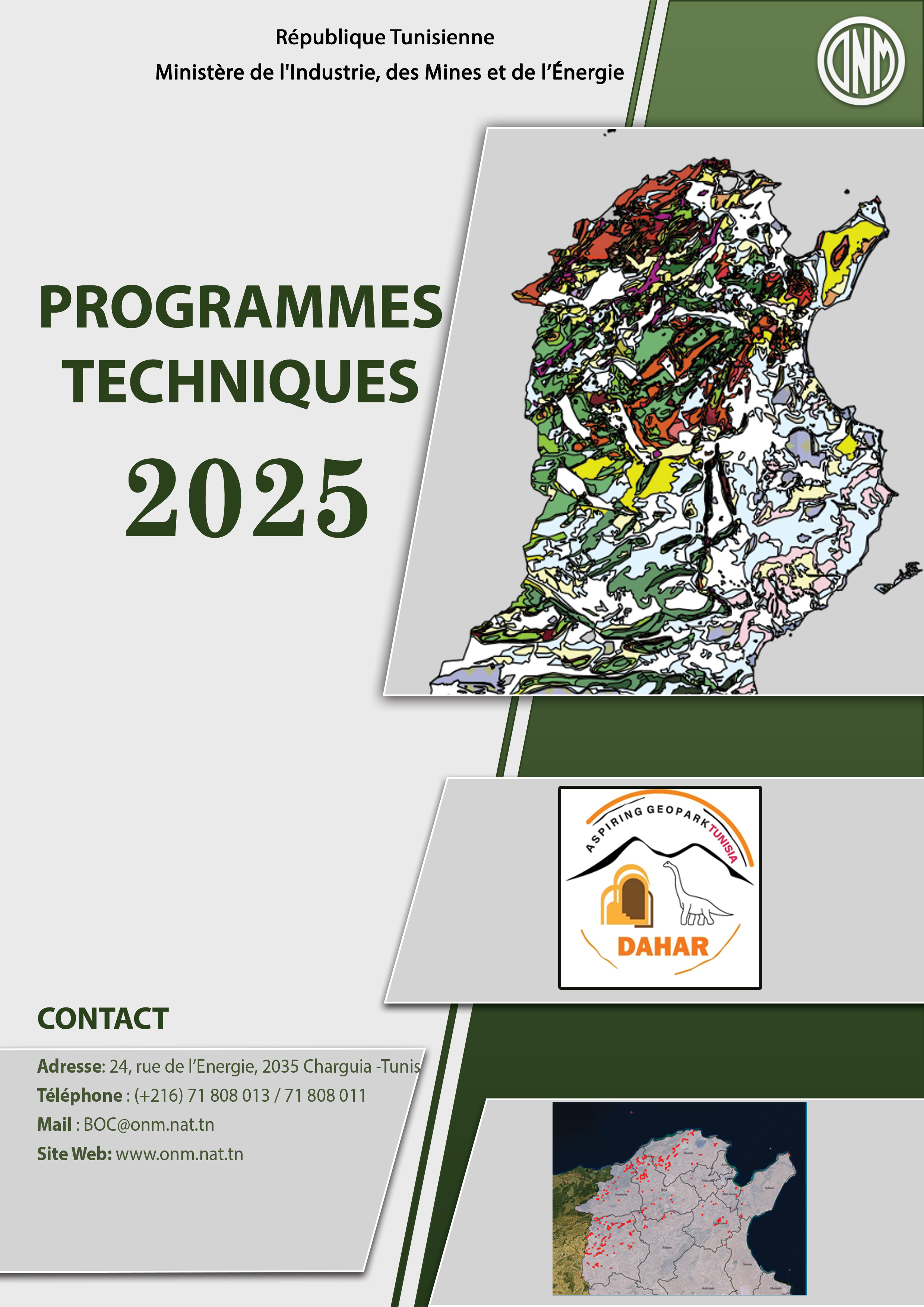
Programmes Techniques 2025
|
| Géocatalogue |
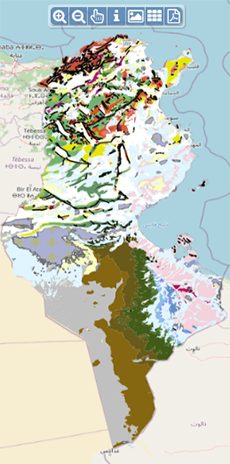
|
| Appels d'Offres |
-

DÉSIGNATION D'UN AVOCAT OU UN CABINET PROFESSIONNEL D’AVOCATS POUR REPRÉSENTER L'ONM
-
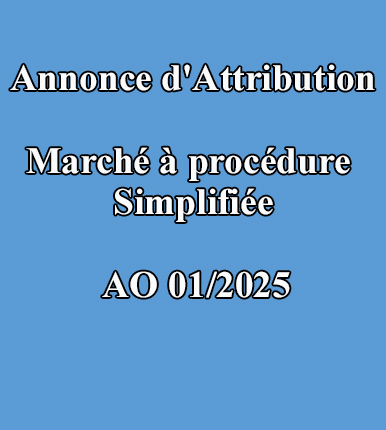
Annonce d'attribution Marché à procédure simplifiée AO01/2025
-

DESIGNATION D’UN REVISEUR COMPTABLE POUR LES EXERCICES 2025-2026-2027
|
|
Investir en Tunisie |
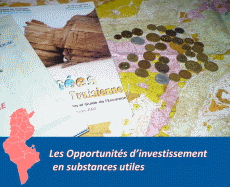
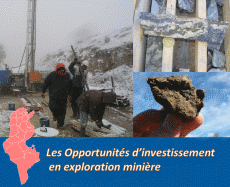
|
|
|
|
|
::
Documentation and Editions
>>
Research library
|
| |
|
[
Search by author
]
[
Search keyword
]
[
Search by index
]
[
Search by category
]
|
title of the reference :
|
Sequence of Events around the K/T Boundary at El Kef (NW Tunisia)
|
|
Publication Date:
|
1997
|
|
Author :
|
Donze Pierre, Meon Henriette, Robin Eric, Rocchia Robert
|
|
Catalogue type :
|
Livre
|
|
Catalogue reference :
|
Vol.12 Int. Géol. Congr. Vol.12 Sequence of Events around the K/T Boundary at El Kef (NW Tunisia) The section at El Kef (NW Tunisia)has been selected as the stratotype of the K/T boundary. It offers exceptional conditions for a very accurate study of the biological crisis. Three events can be identified from geochimical and paleontological studies. Two of them developed over long periods of time : a marine regression and a climatic cooling. The third one is a cosmic catastrophe characterized by the presence of cosmic material (Iridium, Ni-rich spinels...)in a thim millimetric brown-reddish layer (geothite). This layer is now considered as the K/T boundary. The marine regression produced gradual changes in the planktonic assemblages and favoured the development of taxa adapted for shallow waters. The climatic change modified the composition of terrestrial supply (spores and pollen grains): tropical taxa gradually decrease in number till total extenction and are replaced by taxa with more European affinites. The cosmic event produced the most dramatic effects : immediately above the goethite layer, 90 to 95 of marine populations with carbonate tests are missiong. The ramaining 5 eo 10 gest progressively extinct in the above 10 cm marly sediments. Ante-crisis conditions are recovered about two meters above the boundary. On the contrary, dinoflagellates, algae with a chitinous cyst, seem much less affected by the K-T event. Continental palynoflora are olso seriously disturbed by the K-T boundary : in the first centimeters above the boundary their rate of extinction is about hundred times higher than observed in the upper Maastrichtian. However, many taxa survived. The most widely accepted hypothesis is that the large quantity of dust produced by the cosmic collision resulted hypothesis does not fit El Kef observations : the absorption of solar radiations and the reduction of photosynthesis. However, this very attractive hypothesis does not fit El Kef observations : the obsorption of solar light should have also dramatically affected dinoflagellates. This is not what we observe. Data suggest that, in addition to the reduction of photosynthesis, the cosmic event produced chemical conditions in the ocean which disturbed the formation process of calcareous test. Proc. 30th Int. Geol. Congr.
référ. bibliogr. zone transition ; stratotype ; régression ; climat ; crétacé ; tertiaire ; Tunisie ; Tunisie Nord Occidentale ; el Kef Meon Henriette Robin Eric Rocchia Robert Donze Pierre Roches Sédmentaires, Sédimentologie
|
|
Indexation decimale :
|
Roches Sédmentaires, Sédimentologie
|
|
Keywords :
|
zone transition ; stratotype ; régression ; climat ; crétacé ; tertiaire ; Tunisie ; Tunisie Nord Occidentale ; el Kef
|
|
Summary :
|
The section at El Kef (NW Tunisia)has been selected as the stratotype of the K/T boundary. It offers exceptional conditions for a very accurate study of the biological crisis. Three events can be identified from geochimical and paleontological studies. Two of them developed over long periods of time : a marine regression and a climatic cooling. The third one is a cosmic catastrophe characterized by the presence of cosmic material (Iridium, Ni-rich spinels...)in a thim millimetric brown-reddish layer (geothite). This layer is now considered as the K/T boundary. The marine regression produced gradual changes in the planktonic assemblages and favoured the development of taxa adapted for shallow waters. The climatic change modified the composition of terrestrial supply (spores and pollen grains): tropical taxa gradually decrease in number till total extenction and are replaced by taxa with more European affinites. The cosmic event produced the most dramatic effects : immediately above the goethite layer, 90 to 95 of marine populations with carbonate tests are missiong. The ramaining 5 eo 10 gest progressively extinct in the above 10 cm marly sediments. Ante-crisis conditions are recovered about two meters above the boundary. On the contrary, dinoflagellates, algae with a chitinous cyst, seem much less affected by the K-T event. Continental palynoflora are olso seriously disturbed by the K-T boundary : in the first centimeters above the boundary their rate of extinction is about hundred times higher than observed in the upper Maastrichtian. However, many taxa survived. The most widely accepted hypothesis is that the large quantity of dust produced by the cosmic collision resulted hypothesis does not fit El Kef observations : the absorption of solar radiations and the reduction of photosynthesis. However, this very attractive hypothesis does not fit El Kef observations : the obsorption of solar light should have also dramatically affected dinoflagellates. This is not what we observe. Data suggest that, in addition to the reduction of photosynthesis, the cosmic event produced chemical conditions in the ocean which disturbed the formation process of calcareous test.
|
|
Exemplaries :
|
TU2016
|
|
|
|
|
|
|
|



